 Your new post is loading...
 Your new post is loading...

|
Scooped by
Nik Peachey
July 17, 12:42 AM
|
The Manual of AI-Mediated Autonomous Teacher Development is your ultimate guide to using AI as a collaborative partner in your teaching journey. Written by Nik Peachey, an award-winning educator and expert in educational technology, this book takes you beyond generic AI-generated materials. Instead, it introduces collaborative prompting - a groundbreaking approach to professional growth through collaborative prompting - a method that transforms AI from a simple tool into an active mentor, guide, and thinking partner.

|
Scooped by
Nik Peachey
November 20, 4:47 AM
|
Learning another language could be a total game-changer for your cognitive health.

|
Scooped by
Nik Peachey
November 12, 5:18 AM
|
Common Sense Education provides educators and students with the resources they need to harness the power of technology for learning and life. Find a free K-12 Digital Citizenship curriculum, reviews of popular EdTech apps, and resources for protecting student privacy.

|
Scooped by
Nik Peachey
November 6, 1:11 PM
|
AI arrives in societies already marked by inequality. In Africa and across the Global South, access to reliable internet, computing power and digital literacy is profoundly uneven. The danger is that AI will not only mirror these inequalities, but will magnify them. If we are not vigilant, the algorithm will become the new frontier of exclusion.

|
Rescooped by
Nik Peachey
from Digital Delights
October 30, 6:03 AM
|
Why generative AI and ChatGPT cannot replace human creativity or original thought. Learn strategies for teaching students to navigate AI while fostering critical thinking, innovation, and authentic learning.
Via Ana Cristina Pratas

|
Scooped by
Nik Peachey
October 16, 5:53 AM
|

|
Scooped by
Nik Peachey
October 13, 7:07 AM
|
Does AI risk creating a super powered attention vampire? OpenAI has launched a television advertising campaign. I spotted it on Channel 4’s streaming platform a week or so ago, but apparently it is on live terrestrial TV too. The advert is deliberately wholesome: a brother and sister planning a trip together, with helpful captions

|
Scooped by
Nik Peachey
October 13, 12:54 AM
|
This is part of a series of AI prompts that can help to promote critical thinking. This one can help you design tasks for any text, based on Bloom's Taxonomy.

|
Scooped by
Nik Peachey
October 13, 12:46 AM
|
First, designing a better classroom means redesigning the work we ask students to do. It requires a deliberate shift away from “disposable assignments” (essays written for an audience of one and then promptly forgotten) and toward “renewable” projects that have a life beyond the grade.

|
Scooped by
Nik Peachey
October 6, 5:42 AM
|
Learn how to build a supportive, engaging classroom community where students feel confident, connected, and excited to learn together.

|
Scooped by
Nik Peachey
October 6, 1:42 AM
|
Gen AI systems are not substitutes for Google or even a damn good book - please stop treating like they are, then complaining when they aren’t! So I’ve been hearing a lot about what AI can’t do as the resistance to AI in education mounts, just as the pressure to engage increases (Newtonian physics playing…
Welcome to the September 2025 edition of the Edtech & ELT Newsletter.

|
Scooped by
Nik Peachey
September 26, 6:42 AM
|
I used Sonalab to produce this really interesting podcast on the role of body language in communication and language learning.
|

|
Scooped by
Nik Peachey
November 20, 4:50 AM
|
This has been designed to be used as a kind of emotional journal, so you can click on the one you are feeling and write a sentence or two about it and why you are feeling that way.

|
Scooped by
Nik Peachey
November 19, 1:24 AM
|
Regardless of the subject or age group we teach, most of us would like our students to think more critically about what they are learning and how it relates to the world around them.
This paper explores how education can respond wisely and imaginatively to the rise of AI in general, and generative AI in particular. Its recommendations are rooted in two principles.
1. Innovation must draw on what we know about how humans learn.
2. AI’s power must not be allowed to hollow out the very skills required to navigate an AI age successfully.
Via Dr. Tom D'Amico (@TDOttawa)
This working paper examines how artificial intelligence (AI) can support students with special education needs (SEN) to achieve their learning goals, while underlining key risks and limitations. It defines central terms and the rationale for using AI in this context and reviews a selection of research-backed AI tools that aim to empower students with SEN.
Via Dr. Tom D'Amico (@TDOttawa)

|
Scooped by
Nik Peachey
October 23, 1:02 AM
|
Why Students Need Clarity, Not Chaos. - The future of teaching with AI doesn’t require omniscience. It requires courage to draw lines, explain why they matter, and revise them together when the world shifts again.

|
Scooped by
Nik Peachey
October 16, 5:51 AM
|

|
Scooped by
Nik Peachey
October 13, 1:04 AM
|
This exploratory meta-analysis synthesises current research on the effectiveness of Artificial Intelligence (AI)-generated feedback compared to traditional human-provided feedback. Drawing on 41 studies involving a total of 4813 students, the findings reveal no statistically significant differences in learning performance between students who received AI-generated feedback and those who received human-provided feedback. The pooled effect size was small and statistically insignificant (Hedge’s g = 0.25, CI [−0.11; 0.60]), indicating that AI feedback is potentially as effective as human feedback.

|
Scooped by
Nik Peachey
October 13, 12:53 AM
|
By Nataliya Spirydovich, University of Illinois Urbana-Champaign DOI: https://www.doi.org/10.69732/YHRJ4554 We’ve all been there: students freeze up in conversation practice, or the more confident ones dominate while the quieter ones fade into the background. Artificial intelligence (AI) chatbots can shift that

|
Rescooped by
Nik Peachey
from Educación y TIC
October 7, 11:07 AM
|
As artificial intelligence becomes integrated into all corners of higher education, addressing ethical concerns is crucial to responsible implementati
Via Mariano Fernandez S.

|
Rescooped by
Nik Peachey
from AI for All
October 6, 5:03 AM
|
"Employers and societies demand graduates who can evaluate information and make sound judgments ..."
Via Leona Ungerer

|
Scooped by
Nik Peachey
October 3, 10:54 AM
|
Do you want to become your own boss teaching English? Taking the leap from teaching groups in a school to becoming your own boss teaching English one-to-one
This report emphasizes that all efforts must prioritize a human-centred and rights-based use of digital technology to benefit all learners. It calls for urgent national and international action to ensure that technology enhances, rather than endangers, the right to education for all
Via Dr. Tom D'Amico (@TDOttawa)

|
Scooped by
Nik Peachey
September 26, 12:54 AM
|
Our focus, then, must pivot from teaching tool-specific competency to nurturing durable critical thinking—the cognitive scaffolding that allows a student to adapt to any future tool. The value of a degree is no longer in the information students accumulate, but in the intellectual friction they learn to tolerate, leverage, and master.
|






 Your new post is loading...
Your new post is loading...
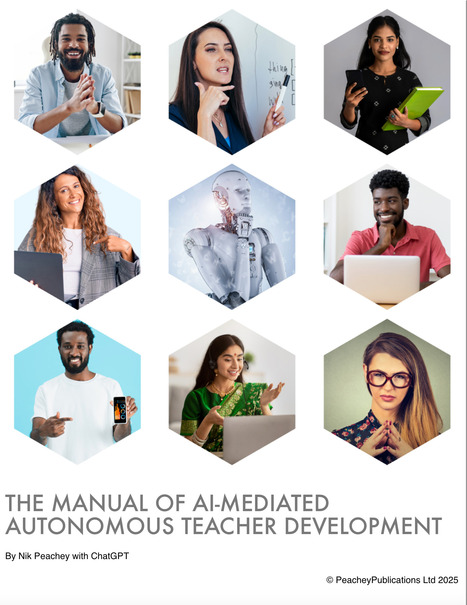






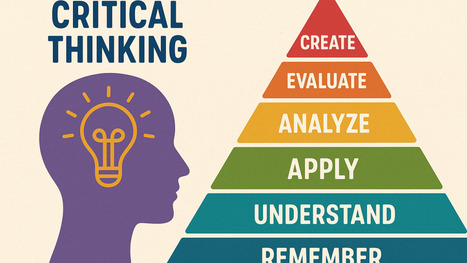




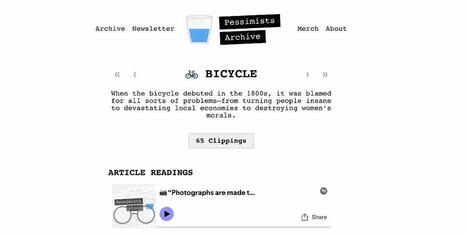






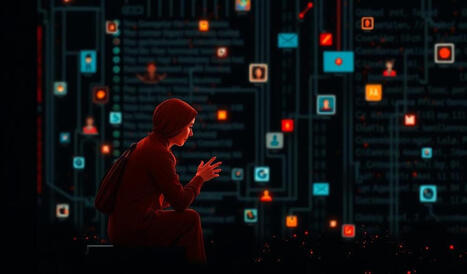







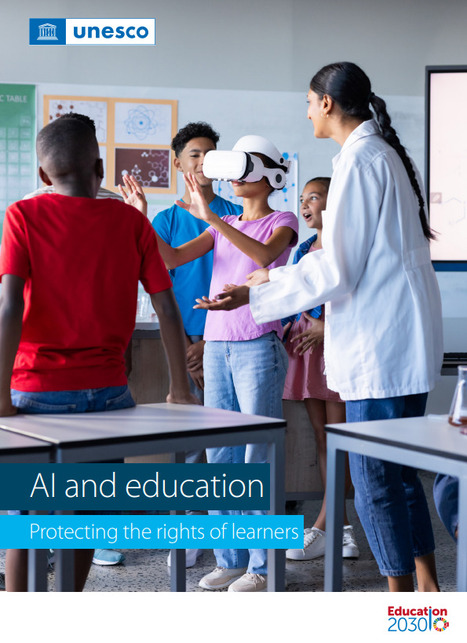






Interesting and clear.